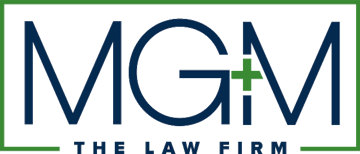Publications
To Work Or Not To Work...That Is The Question.
April 30, 2020

